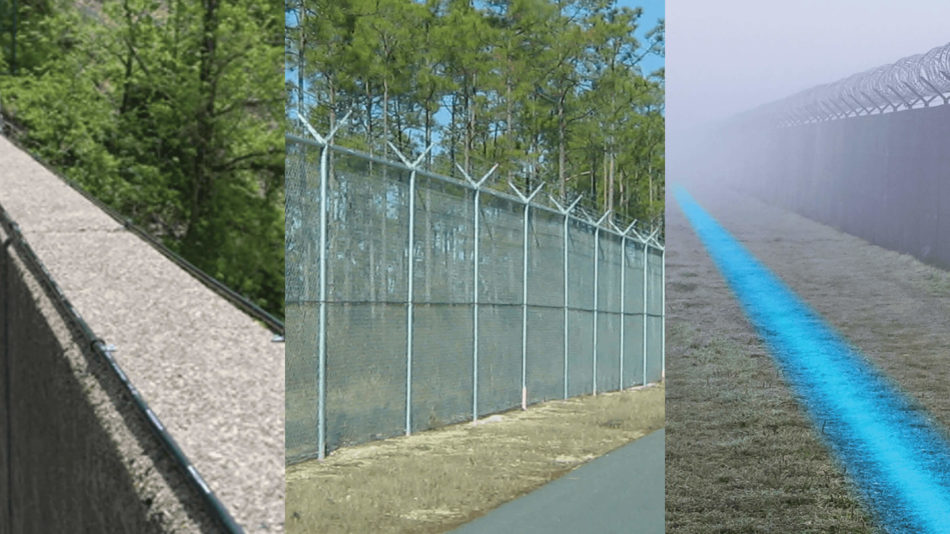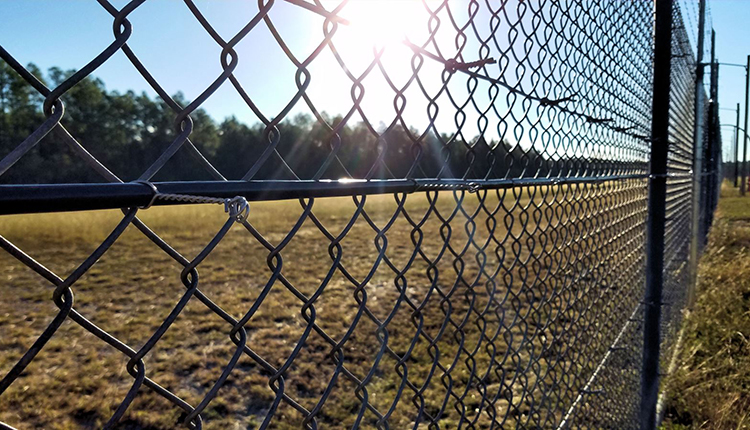The Future of Fiber Security System in High-Tech Security Installations
The Future of Fiber Security System in High-Tech Security Installations
Blog Article
Why Fiber Optic Safety Systems Are the Future of Defense
The change to fiber optic security systems marks a significant development in the realm of security, driven by their outstanding information transmission abilities and durability to outside disturbances. As the landscape of safety progresses together with arising modern technologies such as AI and IoT, the possibility for fiber optics to boost and redefine protection frameworks comes to be significantly noticeable.
Benefits of Fiber Optic Solutions
One of the primary advantages of fiber optic systems is their premium data transfer ability, which assists in the transmission of big volumes of data over cross countries without considerable loss. This characteristic is particularly beneficial for protection applications that call for the constant monitoring and transfer of high-def video clip feeds, sensor data, and various other important info. Fiber optics can suit the expanding demands of modern-day safety systems, guaranteeing that data continues to be intact and dependable.
In addition, fiber optic cords are less at risk to electromagnetic interference, which can be a significant issue in settings with different digital gadgets. This resistance enhances the stability of the data being transferred, thereby decreasing the danger of information breaches or system failings. Fiber optic systems are inherently much more safe and secure than typical copper wires, as touching into a fiber optic line without discovery is exceedingly tough.
The resilience of fiber optic wires also adds to their allure. They are immune to ecological elements such as wetness and temperature level fluctuations, minimizing upkeep costs and enhancing system long life. Overall, these benefits placement fiber optic systems as a durable and efficient option for modern-day security facilities, making sure reliable and protected data transmission.
Improved Information Transmission Rate

The capability to transfer substantial quantities of information quickly helps with the seamless combination of high-def video clip feeds and progressed analytics. Protection systems can currently refine and analyze information in real-time, improving reaction times and situational understanding. Furthermore, fiber optic connections support longer transmission distances without deterioration of signal high quality, making them suitable for large protection networks.
The raised rate of fiber optic systems not just improves the effectiveness of safety operations however also lowers latency. This is particularly crucial in essential circumstances where prompt decision-making can stop safety and security violations or reduce prospective risks. As organizations remain to focus on security and effectiveness, the demand for rapid and reliable information transmission will most certainly strengthen fiber optic systems as a foundation of modern protection framework.
Resistance to Interference
Fiber optic safety click for more and security systems consistently show outstanding resistance to electromagnetic interference, a critical benefit in atmospheres prone to digital noise. Unlike traditional copper cable televisions, which can be negatively influenced by magnetic fields, superhigh frequency interference, and various other forms of electric disturbance, fiber optic wires use light to transmit information. This inherent property makes sure that the signals remain clear and unchanged, no matter surrounding digital activity.
Making use of glass or plastic fibers in fiber optic innovation develops a barrier versus interference, permitting dependable information transmission even in difficult circumstances such as industrial centers, urban areas with high digital traffic, or places near radio towers. This particular considerably lowers the possibility of signal destruction or loss, making fiber optic systems particularly appropriate for protection applications where integrity and accuracy of information are extremely important.
Furthermore, this resistance to interference boosts the overall efficiency and dependability of security systems, making sure that monitoring and sharp systems function perfectly. In a world where safety is significantly threatened by sophisticated innovations, the durability of fiber optic systems attracts attention as a pivotal feature, reinforcing their condition as a necessary part of modern-day protection infrastructure.
Cost-Effectiveness In Time
Substantial cost savings can be achieved over time with the application of fiber optic safety systems. While the initial financial investment may seem higher compared to traditional copper-based systems, the long-lasting monetary benefits emerge with decreased operational and maintenance prices (fiber security). Fiber optic wires are naturally a lot more fiber security system long lasting and less vulnerable to environmental factors, which converts to decrease substitute and repair work expenses over their lifespan
Furthermore, fiber optic systems need less power to operate, which further reduces power expenses. Boosted data transmission capacities enable less repeaters and amplifiers, reducing tools investment and enhancing installation processes. The scalability of these systems additionally adds to cost-effectiveness, as organizations can increase their safety and security framework without incurring considerable added expenses.
One more variable to consider is the boosted performance in monitoring and action capacities that fiber optics offer. Improved real-time information transmission can lead to quicker event action times, possibly mitigating losses and liabilities related to safety violations. In amount, the long-term advantages of fiber optic safety systems not just warrant the initial expenditure however additionally place them as a monetarily prudent choice for organizations seeking robust security remedies.

Future Innovations in Safety
Progressing technologies are set to change security systems, integrating man-made knowledge (AI) and artificial intelligence to improve hazard discovery and response capabilities. These technologies will enable protection systems to analyze substantial quantities of data in real-time, recognizing patterns and abnormalities that show potential threats. This proactive method will allow quicker decision-making and a lot more reliable case feedbacks.
In addition, the unification of the Net of Points (IoT) is leading the means for interconnected protection tools, supplying thorough security and surveillance. Smart sensing units can communicate info regarding environmental changes, while automated alerts can alert protection workers instantly of suspicious activities.
Moreover, the advancement of biometric modern technologies will certainly even more reinforce security devices. Face recognition, finger print scanning, and retina recognition are coming to be extra innovative, offering layers of verification that are difficult to bypass.
Final Thought
In final thought, fiber optic safety systems represent a significant innovation in security technology, supplying unmatched information transmission speed, resistance to electro-magnetic interference, and lasting cost-effectiveness. As the demand for innovative safety services remains to grow, the assimilation of fiber optics with arising innovations such as AI, IoT, and biometrics will certainly even more boost safety infrastructures (fiber security). discover this info here The mix of these innovations will certainly ensure a much more secure and receptive setting, solidifying optical fiber as a cornerstone of future safety systems
Report this page